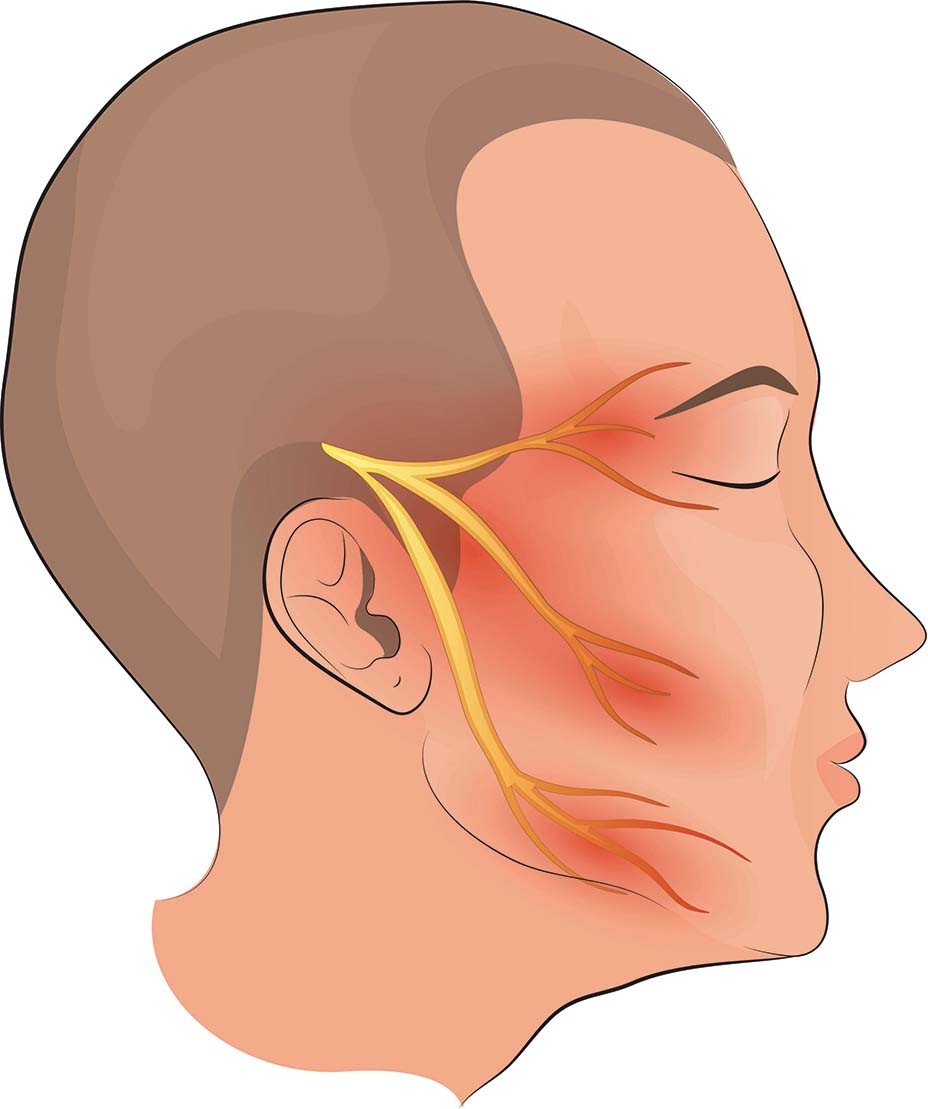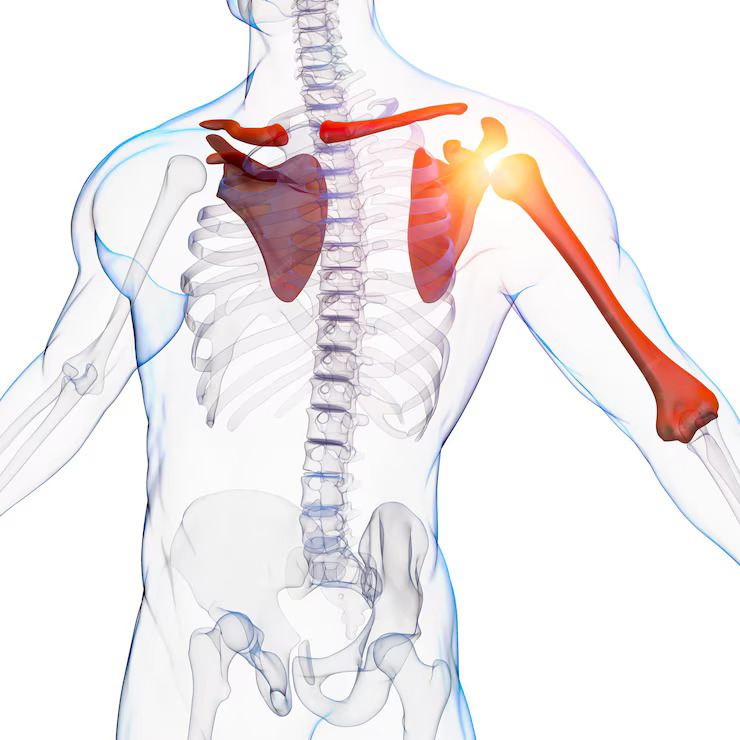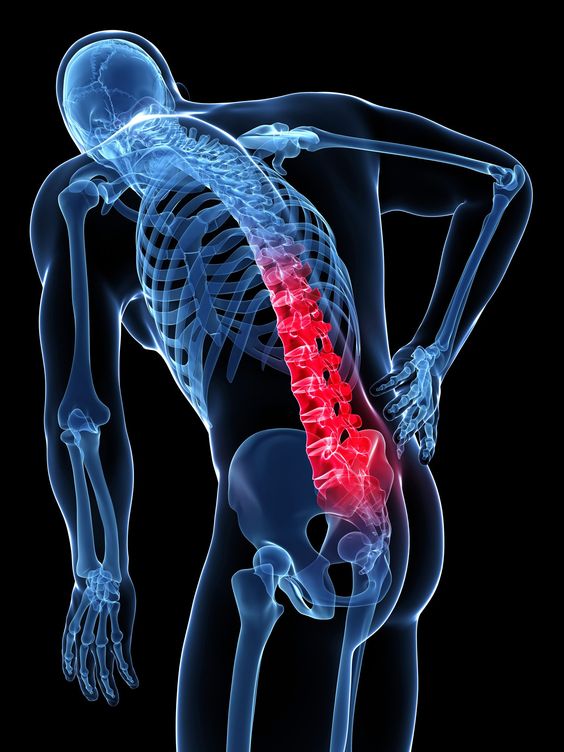A Comprehensive Guide to Trigeminal Neuralgia Treatment.
Trigeminal Neuralgia (TN) is a rare but intensely painful condition that affects the trigeminal nerve, responsible for transmitting sensations from the face to the brain. Often described as one of the most excruciating pains known to humanity, TN can significantly impact an individual’s quality of life. In this article, we explore the causes, symptoms, and available treatment options for Trigeminal Neuralgia.
Understanding Trigeminal Neuralgia
The trigeminal nerve, which carries sensation from the face to the brain, can sometimes misfire, causing sudden and severe bursts of pain along its branches. This condition, known as Trigeminal Neuralgia, is characterized by recurrent, stabbing pain in the face, typically on one side. The pain is often triggered by seemingly innocuous stimuli like touch, wind, or even a gentle breeze, earning TN its moniker “the suicide disease.”
Causes
- Compression of the Trigeminal Nerve: In many cases, Trigeminal Neuralgia is caused by the compression of the trigeminal nerve by a blood vessel, often an artery or vein. This compression leads to the erratic firing of nerve signals and the intense pain associated with TN.
- Multiple Sclerosis: In some instances, TN may be associated with conditions like multiple sclerosis, which can damage the protective coating of the nerves, leading to abnormal signals.
Symptoms
The hallmark symptom of Trigeminal Neuralgia is severe, sudden-onset facial pain. Common features include:
- Intense, stabbing, or electric shock-like pain.
- Episodes of pain that last for a few seconds to minutes.
- Triggering of pain by mild stimuli such as touching the face, chewing, or even a breeze.
- Pain typically occurs on one side of the face.
Treatment Options
- Medications:
- Anticonvulsant drugs, such as carbamazepine and oxcarbazepine, are commonly prescribed to alleviate the pain associated with TN by stabilizing nerve signals.
- Surgical Interventions:
- Other surgical options include gamma knife radiosurgery and balloon compression to disrupt the faulty signaling in the trigeminal nerve.
- Microvascular decompression (MVD) is a surgical procedure that involves repositioning or removing blood vessels that may be compressing the trigeminal nerve.
- Nerve Blocks:
- Injection of anesthetics or steroids near the trigeminal nerve can provide temporary relief from pain.
- Alternative Therapies:
- Some individuals find relief through alternative therapies such as acupuncture or biofeedback, although the efficacy of these treatments varies from person to person.
- Medication Adjustments:
- Fine-tuning the dosage or type of medication may be necessary to manage TN effectively. This should be done under the supervision of a healthcare professional.
Conclusion
Trigeminal Neuralgia poses significant challenges to those affected, both physically and emotionally. While there is no cure for TN, various treatment options can help manage the symptoms and improve the quality of life for individuals dealing with this condition. Seeking the guidance of a healthcare professional is crucial for an accurate diagnosis and the development of a personalized treatment plan tailored to the specific needs of each patient. Continued research and advancements in medical science offer hope for better understanding and more effective treatments for Trigeminal Neuralgia in the future.







